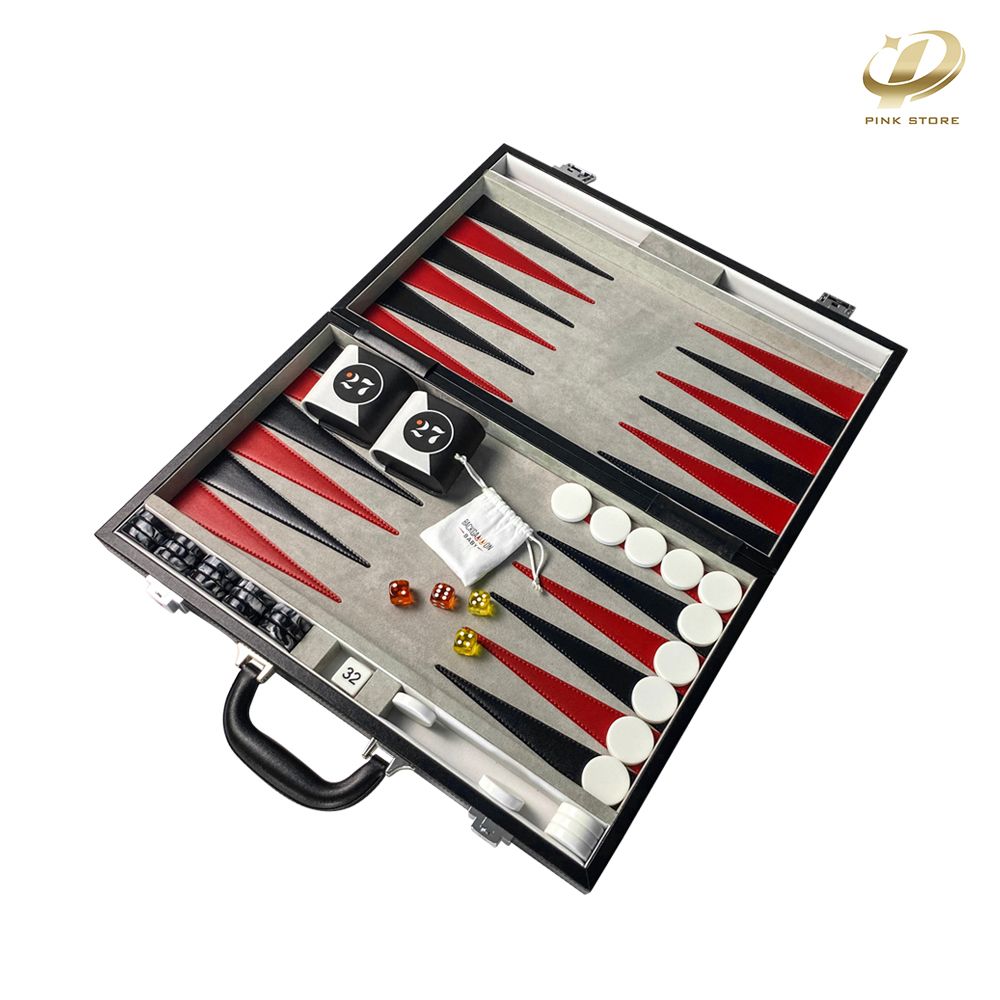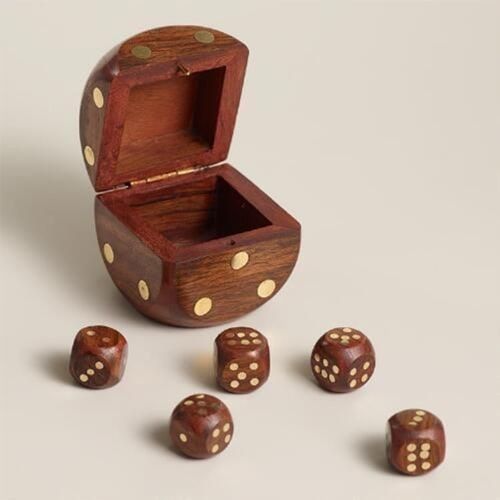
Get A Quote
Backgammon Fundamentals: A Beginner's Guide to Playing
Understanding the Basics of Backgammon
Description of the Backgammon Board
The backgammon board consists of 24 narrow triangles called points, arranged in a specific layout.
These points serve as the playing spaces for the game's checkers, offering strategic opportunities for movement and advancement.
Explanation of Checkers and Points
Checkers, the playing pieces in backgammon, are positioned on the points of the board.
Players maneuver their checkers across the board, aiming to reach their home board and ultimately bear them off to win the game.
Introduction to the Doubling Cube
Central to backgammon strategy is the doubling cube, a unique feature that allows players to increase the stakes of the game.
Understanding when and how to utilize the doubling cube is crucial for strategic gameplay and maximizing potential winnings.
Objectives of the Game
The primary objective of backgammon is to move all of your checkers into your home board and then bear them off the board.
Achieving this goal requires strategic planning, tactical maneuvering, and a bit of luck along the way.
Setting Up the Game
Arranging Checkers on the Board
Before gameplay begins, players must arrange their checkers on the board according to the starting setup.
Understanding the optimal positioning of checkers can provide a strategic advantage from the outset of the game.
Positioning the Doubling Cube
The doubling cube is placed in a designated starting position on the board, ready to be utilized during gameplay.
Its presence adds an extra layer of excitement and strategy to the game, allowing players to increase the stakes and challenge their opponents.
Determining Starting Player
A fair and impartial method is used to determine which player goes first.
This initial decision can have a significant impact on the flow and outcome of the game, making it essential to establish a fair starting point for both players.
Movement of Checkers
Rolling the Dice and Determining Moves
In backgammon, the movement of checkers is determined by the roll of dice.
Players take turns rolling two dice, with the resulting numbers indicating how many points, or pips, their checkers can move.
Understanding the possible moves based on the dice roll is crucial for effective gameplay.
Rules for Moving Checkers
Several rules govern the movement of checkers in backgammon.
For instance, checkers can only be moved to an open point, not occupied by two or more opposing checkers.
Additionally, players must utilize both numbers of a roll whenever possible, or as many numbers as they can in the case of doubles.
Handling Doubles
Rolling doubles in backgammon presents unique opportunities and challenges.
When a player rolls doubles, they can move their checkers twice the number shown on the dice.
However, they must also strategize how to best utilize these additional moves to advance their position on the board.
Hitting and Entering
Definition of a Blot
A blot in backgammon refers to a point occupied by a single checker of either color.
Landing on a blot allows the opposing player to hit the blot, sending it to the bar and creating an opportunity to gain a strategic advantage.
Consequences of Landing on a Blot
When a player's checker lands on an opponent's blot, the blot is hit and placed on the bar.
This can disrupt the opponent's progress and create obstacles for their checkers to re-enter the game, influencing the flow of gameplay significantly.
Entering Checkers from the Bar
When a player has one or more checkers on the bar, their first obligation is to enter those checkers into the opposing home board.
Checkers are entered by moving them to an open point corresponding to one of the numbers on the rolled dice, providing an opportunity for players to regain momentum after being hit.
Bearing Off
Once a player successfully moves all fifteen of their checkers into their home board, they are eligible to begin the process of bearing off.
Bearing off involves rolling a number that corresponds to the point where a checker is positioned, and subsequently removing that checker from the board.
For instance, rolling a 6 allows the player to remove a checker from the six point.
In case the indicated point is vacant, the player must execute a legal move with a checker located on a higher-numbered point.
If there are no checkers on higher-numbered points, the player is allowed (and required) to remove a checker from the highest point where their checkers are positioned.
However, if a player can make a legal move, they are not obliged to bear off.
It is essential for a player to have all their active checkers in their home board before initiating the bear-off process.
If any of the checkers get hit during this process, the player must bring the hit checker back to their home board before continuing to bear off.
The game concludes when the first player successfully bears off all fifteen checkers.
Winning Strategies and Tips
Strategic positioning of checkers is paramount in backgammon.
By strategically blocking your opponent's progress and building anchors in key points on the board, you can establish a strong defensive position while simultaneously advancing your own game plan.
Meanwhile, the doubling cube adds an extra layer of strategy to backgammon, allowing players to increase the stakes and challenge their opponents.
Knowing when to double, accept a double, or drop a double is crucial for maximizing your potential winnings and gaining an advantage in the game.
By mastering the art of doubling, you can assert dominance and control over the outcome of the match.
Conclusion
Backgammon is a game of skill, strategy, and endless possibilities.
As you continue your journey in the world of backgammon, embrace the challenges, celebrate the victories, and never stop learning.
With dedication, practice, and a passion for the game, the opportunities for growth and enjoyment are limitless.


